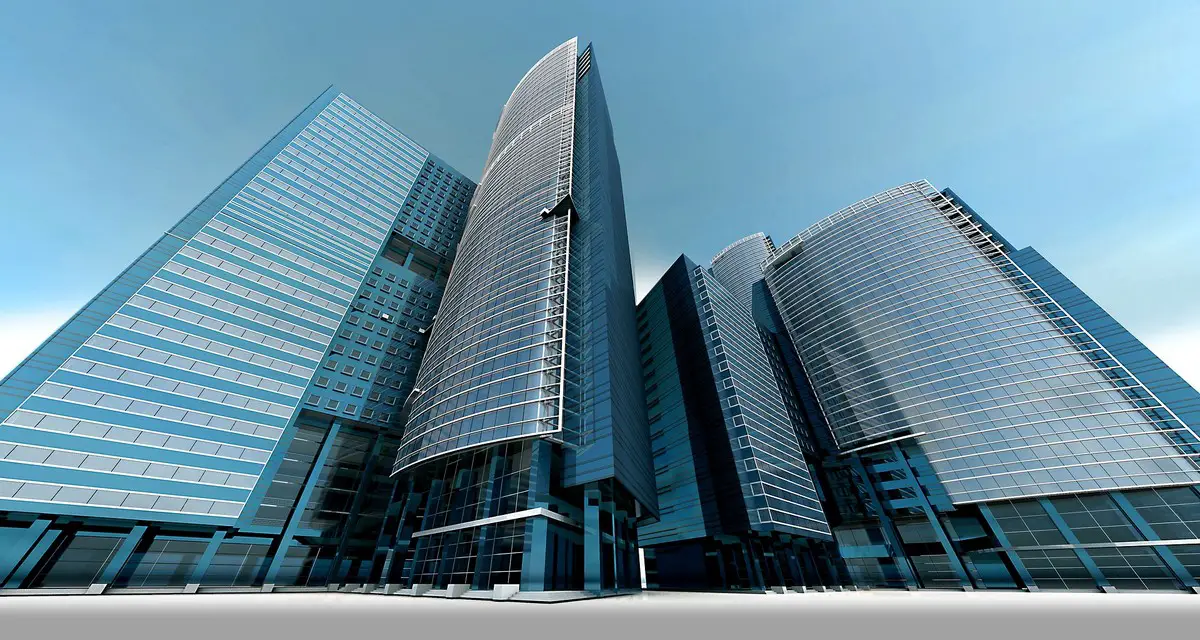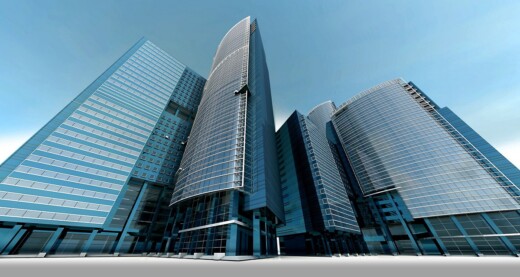How to 3D print architectural models tips, DMLS printing technologies advice, Direct metal laser sintering
How To 3D Print Architectural Models Guide
18 December 2022
Introduction to Direct Metal Laser Sintering – DMLS
3D architectural models remain an integral part of the construction of a new building.
Keep reading to find out how to 3D print architectural models using each of the different 3D printing technologies, and their distinct benefits (e.g., in terms of speed, durability, functional parts, or suitability for painting).
Before we get to the ‘how’ to print 3D architectural models, it’s important to understand the ‘why’. So, why should you be interested in 3D printing architectural models?
Why is it beneficial to print 3D architectural models?
Well, a form of 3D model has always featured somewhere in the timeline between the creation of a blueprint and a finished construction.
Back in the day, the primary method of achieving this was through models created from materials like wood and clay. Which was fine, but they were a very labour and time-intensive method of assembling a model that requires extreme precision. Plus, if something went drastically wrong during the assembly it meant back to the beginning we go (without passing ‘go’ and collecting £200) and losing EVEN MORE precious time.
Although the rise of 3D digital drawings changed the game in our capability to quickly bring blueprints to life, there is still nothing quite like the physical actualisation of something that started in 2D. Let’s face it, it’s much easier to envisage the reality of something you can hold in your hand than from a picture on a screen. As a result, 3D models are still an integral part of the story, especially for things like presenting off-plan buildings to potential buyers.
So, you’re convinced of the necessity of 3D models in architecture, but why 3D printing?
3D printing technologies provide an unparalleled opportunity to produce 3D architectural models quickly with minimal effort.
But that’s not all…
There are some aspects of architectural plans that are simply too intricate to produce by hand. The implementation of 3D printing technologies makes light work of this meaning we can quickly drum up even the most elaborate fiddly parts.
And if that wasn’t enough, the design process of a building necessarily requires tweaks. The fact that you can produce and reproduce 3D-printed architectural models efficiently means you can iron out any potential constructional challenges or design flaws before the physical building work begins.
Pretty nifty right? So, without further ado, let’s get to the burning question of how to 3D print architectural models.
How To 3D Print Architectural Models
We’ve come a long way since the days of metal and clay models thanks to now having an array of 3D printing technologies at our fingertips.
We’ll now walk you through how to 3D print architectural models using each of these 3D printing technologies, enabling you to see their unique suitability for printing different kinds of 3D architectural models.
Metal 3D printing also called direct metal laser sintering (DMLS) is a 3D printing technology that has the advantage of producing models with highly complex functional parts. It works by melting layers of metal powder with a computer-controlled, high-power laser beam, that can then be bound together without the need for glue or other binding materials. The end product when using DMLS to print 3D architectural models will have fully functional metal prototypes and production parts.
The types of metal that can be used for DMLS each have unique benefits, something you should also consider when deciding how to 3D print architectural modes.
This one does take a bit longer than some of the others, so it’s important to allow up to 7 days to 3D print architectural models using DMLS.
Stereolithography (SLA)
Stereolithography (SLA) was the first 3D printing technology, and it remains one of the most popular. It’s one of the fastest 3D printing technologies and produces the most accurate and precise plastic-based architectural models.
SLA is generally the best technology for 3D printing architectural models when the goal is to create a model to present to potential clients or the public. This is because it produces very finely detailed and accurate parts with minimal visible layer lines, making it perfect for showcasing ideas.
SLA 3D printing also produces the best finish for models that require painting post-production.
Selective Laser Sintering (SLS)
Selective laser sintering (SLS) is a 3D printing technology that fuses powdered nylon-based materials or a thermoplastic polyurethane to build the layers of the 3D architectural model.
The major benefits of SLS are that it can create 3D models with complex geometries without needing any support structures, and the models have functional parts. SLS is an economical solution to printing 3D architectural models that require higher volumes of printed parts within them.
The final parts of 3D architectural models created using SLS are extremely durable, heat and chemical-resistant, and they are flexible but with exceptional dimensional stability.
PolyJet & 3D Printed Silicone
PolyJet and 3D printed silicone is a 3D printing technology that produces models with exceptional precision, detail, and surface smoothness. The resulting models possess the characteristics of silicone including elasticity and resistance making this process ideal for printing parts such as housings, gaskets, and seals. Architectural models created with PolyJet and 3D printed silicone has a unique combination of flexible and rigid photopolymers, which accumulate to create 3D models with accurate parts.
Multi Jet Fusion (MJF)
Multi Jet Fusion (MJF) is a 3D printing technology used to produce functional nylon prototypes by fusing powdered polymer material with a liquid binding agent. Each layer is built up gradually with each layer being added before the preceding one has set. This produces layers that are bound together with exceptional durability.
Final parts exhibit quality surface finishes, fine feature resolution, and more consistent mechanical properties when compared to processes like selective laser sintering.
Some of the key benefits of MJF are the high-quality surface finish, fast printing speed, fine feature resolution, higher consistency of mechanical properties (e.g., compared with a process like SLS), and high chemical resistance.
How to 3D print architectural models – summary
We’ve covered all of the different methods of how to 3D print architectural models and some of the reasons you might choose one of the 3D printing technologies over another.
Comments on this guide to How architectural design affects your warehousing business article are welcome.
Architecture
Scottish Capital Prperties
Scottish Capital Buildings – selection:
Jenners
Jenners
John Lewis
John Lewis Scotland
Comments / photos for the How to 3D print architectural models advice – DMLS page welcome

